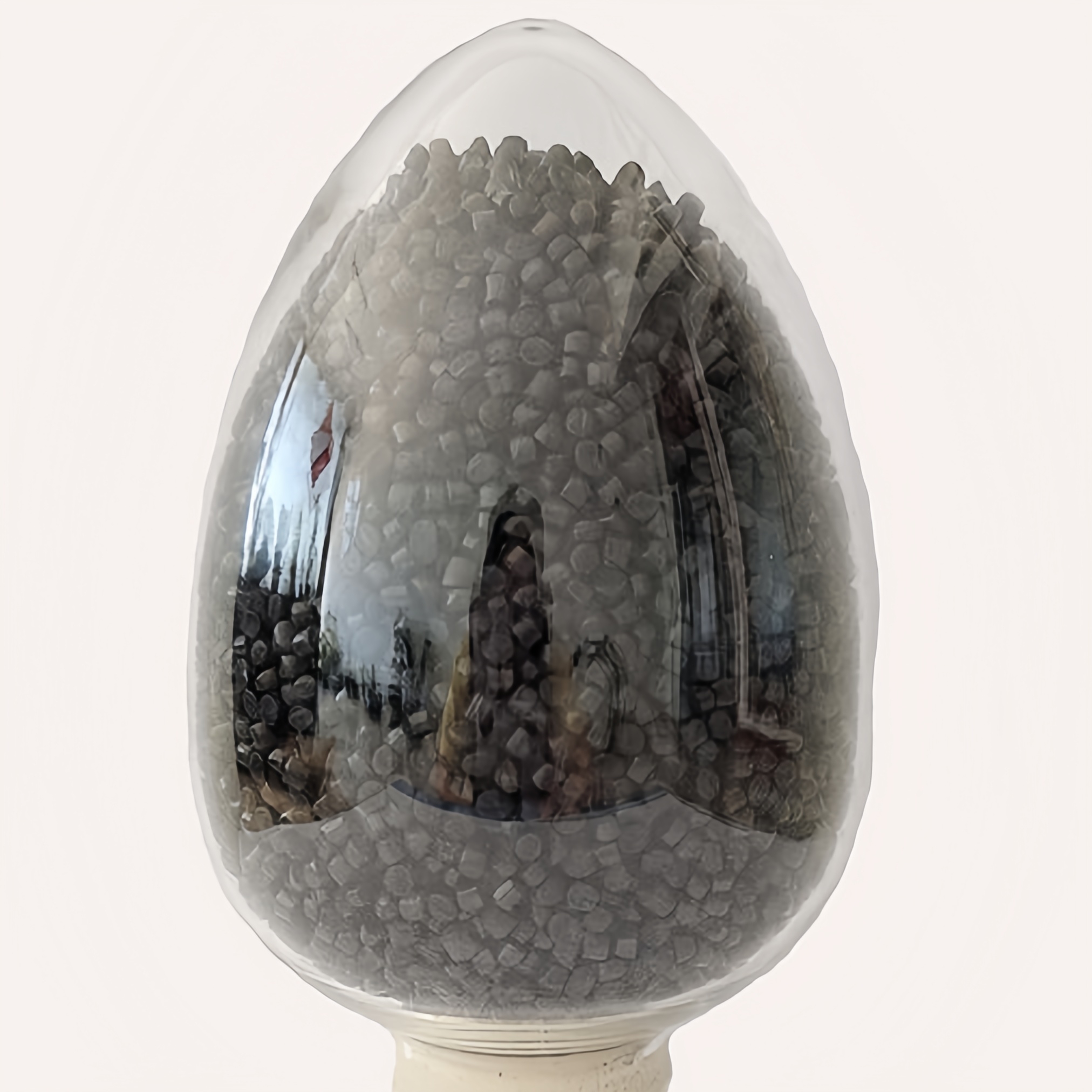Product Description
The Peroxide Crosslinking Semi-Conductive Shielding Material is a pivotal component for modern electronic systems, particularly in high-voltage power cables. Formulated with organic peroxides, this shielding material enhances mechanical resilience and electrical conductivity within a robust polymer matrix. It effectively mitigates EMI through its synergy with semi-conductive additives, ensuring the integrity of signal transmission. With excellent flexibility and thermal stability, this material is designed to excel in diverse cable manufacturing applications, providing manufacturers with extensive customization options for optimal performance.
Superior Performance Attributes
The Peroxide Crosslinking Semi-Conductive Shielding Material is engineered for superior performance in demanding environments. Its formulation offers remarkable resistance to electromagnetic interference (EMI), making it an ideal choice for high-voltage power cables. This shielding material guarantees the integrity of signal transmission while ensuring robust mechanical properties and thermal stability, crucial for applications where reliability is paramount.
Customization and Flexibility
One of the standout features of this advanced material is its customization options. Engineers can adjust the composition for optimal conductivity, modify the extrusion process for intricate cable designs, or incorporate specific additives to enhance durability. This versatility allows manufacturers to tailor the shielding material to meet unique project requirements, ensuring that every cable system is optimized for performance and efficiency.
Applications Across Industries
The versatility of the Peroxide Crosslinking Semi-Conductive Shielding Material makes it suitable for various applications beyond power cables. Its superior flexibility and thermal stability make it an excellent choice for cable manufacturing processes that require robust protection against environmental factors. Whether in high-voltage power cables or other electronic systems, this material stands out as a reliable solution for mitigating EMI.
By integrating the Peroxide Crosslinking Semi-Conductive Shielding Material into their designs, manufacturers can drive innovation in cable engineering, providing products that meet and exceed industry standards for safety and reliability.
Product Features
Material Type: Peroxide crosslinking semi-conductive shielding
EMI Resistance: High protection against electromagnetic interference
Mechanical Resilience: Enhanced durability and performance
Electrical Conductivity: Optimized for superior signal transmission
Flexibility: Suitable for various cable designs and applications
Thermal Stability: Reliable performance in challenging environments
![微信截图_20240410153028]()
Product Highlights
Superior EMI Protection: The peroxide crosslinking semi-conductive shielding material provides exceptional resistance to electromagnetic interference, ensuring reliable signal transmission in critical applications.
Robust Mechanical Properties: Enhanced mechanical resilience ensures durability and longevity, making it ideal for high-voltage power cable applications.
Thermal Stability: The material's thermal stability allows it to perform reliably in challenging environments, safeguarding electronic circuits from disruptions.
Customization Flexibility: Tailorable composition and extrusion processes empower manufacturers to meet specific project requirements, optimizing performance and efficiency.
Advanced Formulation: Integrated organic peroxides and semi-conductive additives ensure an optimal balance of conductivity and shielding effectiveness.
Applications
Power Cable Applications
In power cable applications, reliability and longevity are critical. The peroxide crosslinking semi-conductive shielding material is often used in the insulation and jacketing layers of aerial cables, providing comprehensive protection against environmental factors. Its water retardant and weatherproofing properties ensure that cables can withstand harsh conditions while maintaining performance.
Semiconductive Shielding Materials
This material plays a crucial role in electrical insulation systems, particularly in high-voltage power cables where controlling electromagnetic interference (EMI) is essential. The unique formulation enhances conductivity while effectively shielding against unwanted electromagnetic signals, making it indispensable in high-performance cable designs.
LSZH and HFFR Compounds
Additionally, LSZH (Low Smoke Zero Halogen) and HFFR (Halogen-Free Flame Retardant) compounds can be meticulously formulated with UV stabilizers for applications requiring protection against ultraviolet (UV) radiation. This feature is vital for cables exposed to direct sunlight, ensuring that they retain their integrity and performance over time.
Photovoltaic Applications
In photovoltaic (PV) cables within solar energy systems, LSZH and HFFR compounds are crucial for their composition. They offer exceptional fire resistance and minimal smoke emission, ensuring the safety and reliability of these cables in outdoor environments where performance is paramount.
BV Application
In building wiring applications, the peroxide crosslinking semi-conductive shielding material is utilized in BV cables to uphold stringent fire safety standards. These compounds effectively mitigate the propagation of fire in residential and commercial structures, making them essential for ensuring safety in electrical installations.
How to Use
Prepare the cable design based on specifications.
Integrate the shielding material during the extrusion process.
Ensure proper curing and crosslinking according to manufacturer guidelines.
FAQs
Q: What applications is this material suitable for?
A: It is ideal for high-voltage power cables and other electronic systems requiring EMI protection.
Q: Can the material be customized?
A: Yes, manufacturers can adjust the composition and extrusion process for specific project needs.
Q: How does this material ensure signal integrity?
A: Its formulation provides exceptional resistance to electromagnetic interference, ensuring reliable signal transmission.



































